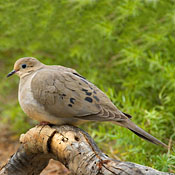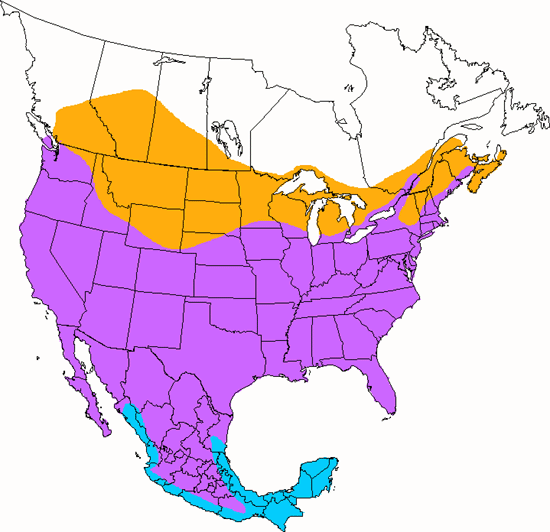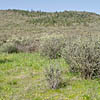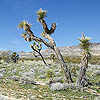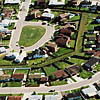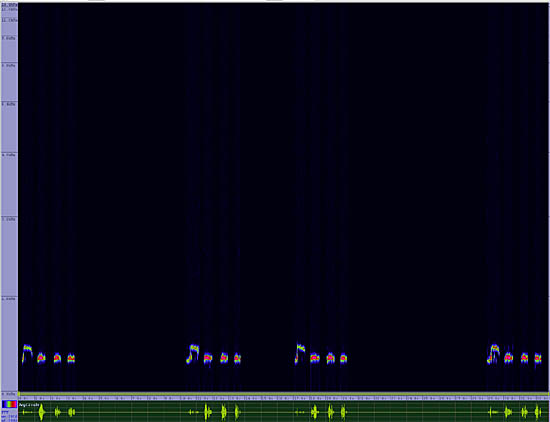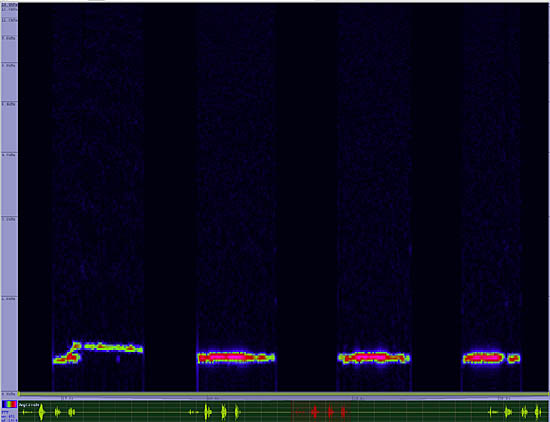Mourning Dove
Zenaida macroura

Pigeon Like
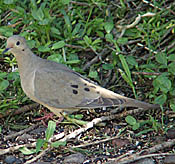
Length: 12 in. (30 cm )
Using a wide range of habitats from desert floor to forest edge and suburbs, the Mourning Dove is the most ubiquitous of North American doves. They feed on the ground looking for seeds. The nest is often haphazardly constructed with a few loosely fitted twigs and placed anywhere from the ground to horizontal tee branches. A single pair can have up to 6 broods in a year. The Mourning Dove is a major game bird in some parts of its range.
The four-digit banding code is MODO.
Bibliographic details:
- Article: Mourning Dove
- Author(s): Dr. Biology
- Publisher: Arizona State University School of Life Sciences Ask A Biologist
- Site name: ASU - Ask A Biologist
- Date published:
- Date accessed:
- Link: https://askabiologist.asu.edu/activities/bird/mourning-dove
APA Style
Dr. Biology. (). Mourning Dove. ASU - Ask A Biologist. Retrieved from https://askabiologist.asu.edu/activities/bird/mourning-dove
Chicago Manual of Style
Dr. Biology. "Mourning Dove". ASU - Ask A Biologist. . https://askabiologist.asu.edu/activities/bird/mourning-dove
Dr. Biology. "Mourning Dove". ASU - Ask A Biologist. . ASU - Ask A Biologist, Web. https://askabiologist.asu.edu/activities/bird/mourning-dove
MLA 2017 Style
Be Part of
Ask A Biologist
By volunteering, or simply sending us feedback on the site. Scientists, teachers, writers, illustrators, and translators are all important to the program. If you are interested in helping with the website we have a Volunteers page to get the process started.

